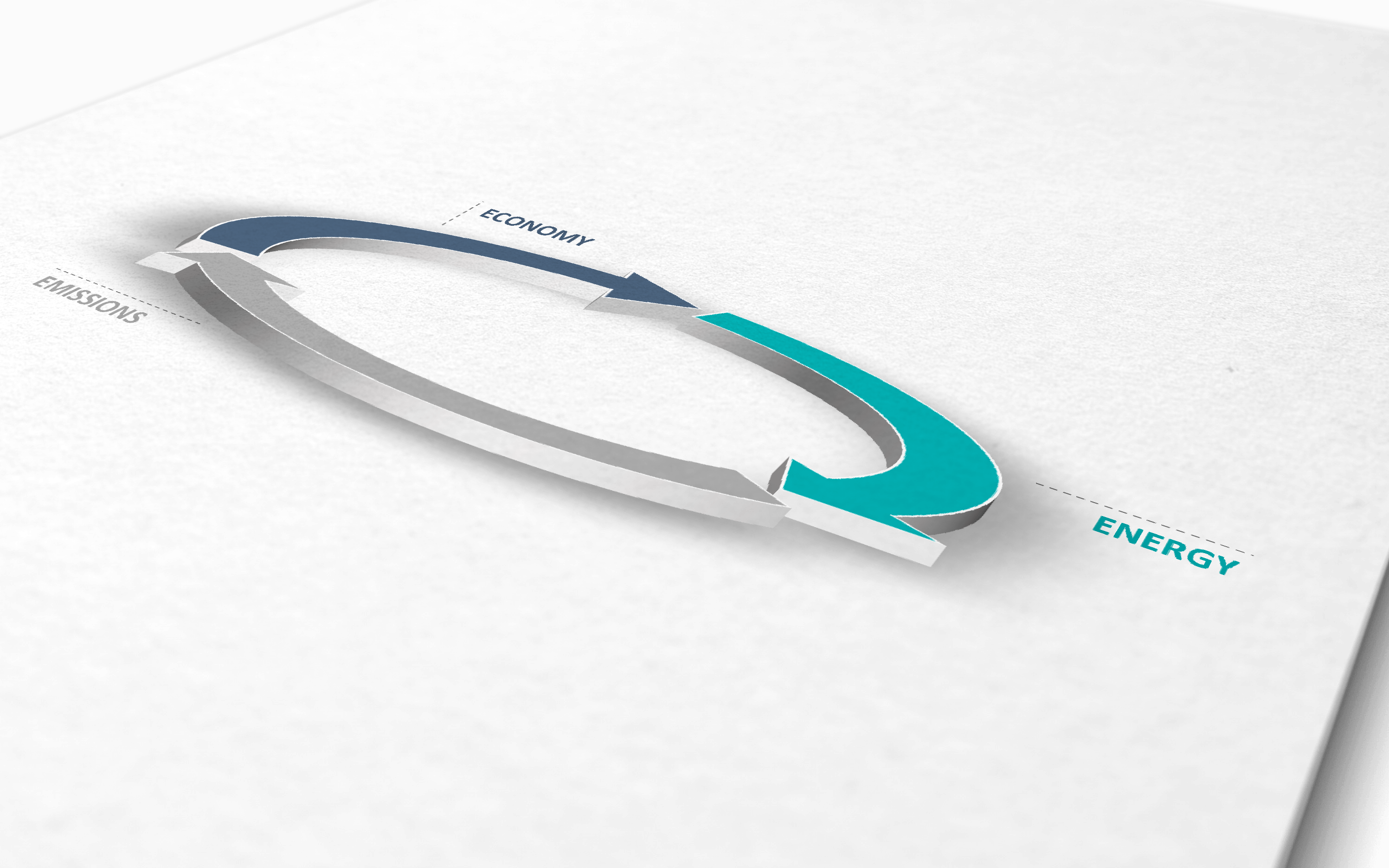E3.tn
E3.tn is a model for Tunisia, which has to date been used to evaluate the effects of the Tunisian solar plan on employment and to determine the number of ‘green jobs’ in Tunisia. It is primarily a top-down model, as externally specified paths of growth meet an input-output structure allowing medium-term forecasts. Like the other models in GWS’ e3 family, e3.tn is based on domestic and international statistical data. The input-output tables for e3.tn are provided by the Tunisian National Institute of Statistics. This data is complemented by structural information from organisations such as the ILO.
To calculate the effect of additional investment in energy efficiency and expansion of renewable energy generation on employment, the Tunisian IO table is combined with production structure information from the renewable energies, technology and efficient technology modules.
To determine the number of ‘green jobs’, the IO table is divided into green and non-green industries.
The Leontief inverse table is then used to calculate the production required to meet relevant demand. To determine domestic production and employment, the model additionally incorporates external assumptions on domestic value added, based on Tunisian data and expert assessments.
By making the input coefficients for the IO tables time-dependent, it is also possible to model technological progress, which can often be desirable when used in developing countries. In Tunisia, for example, agricultural inputs into the food processing industry are falling, whilst output remains constant. This may be due to increasing automation and more efficient use of inputs, resulting in less waste. Using the e3.tn model, this kind of structural information can be used to obtain many interesting insights.


